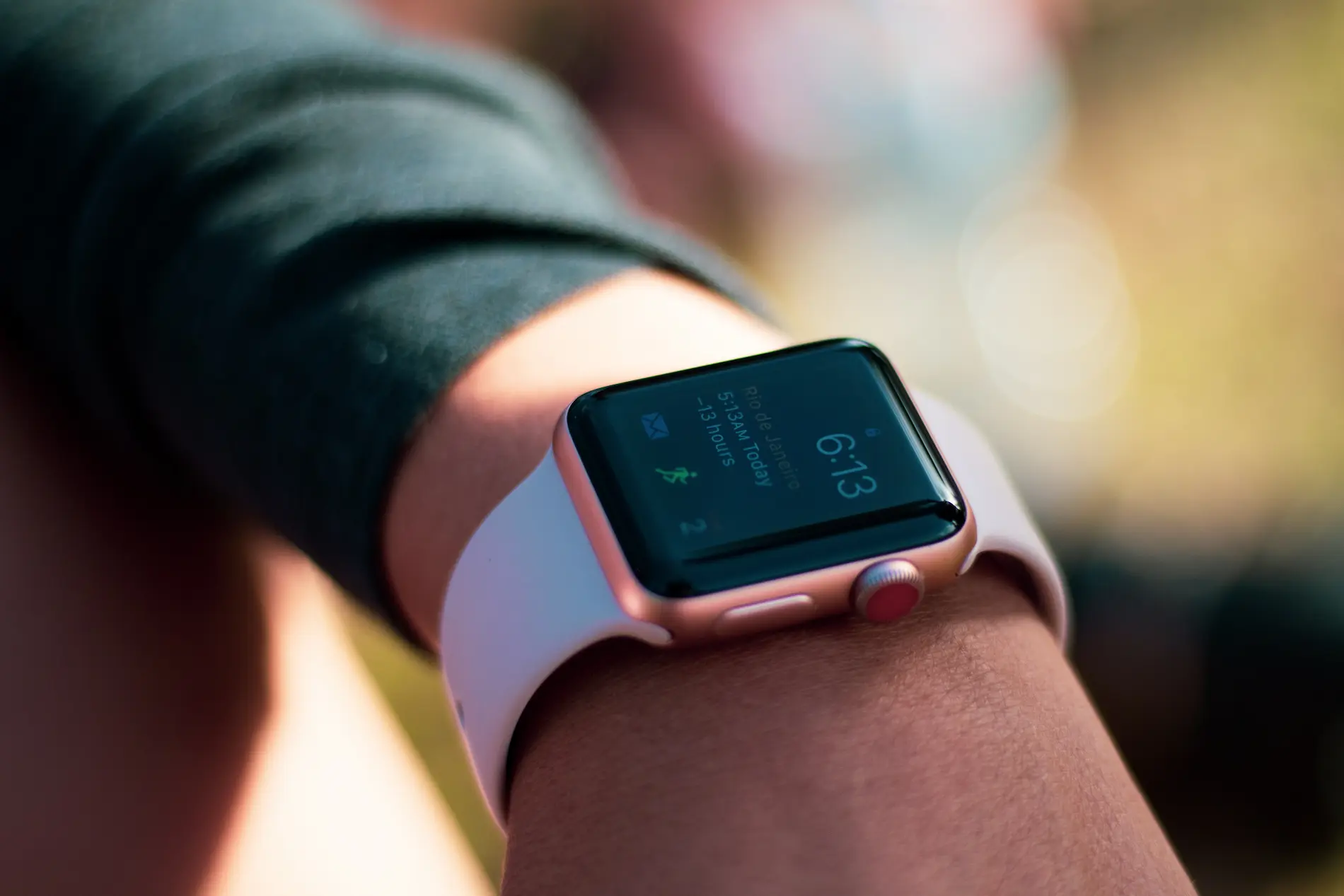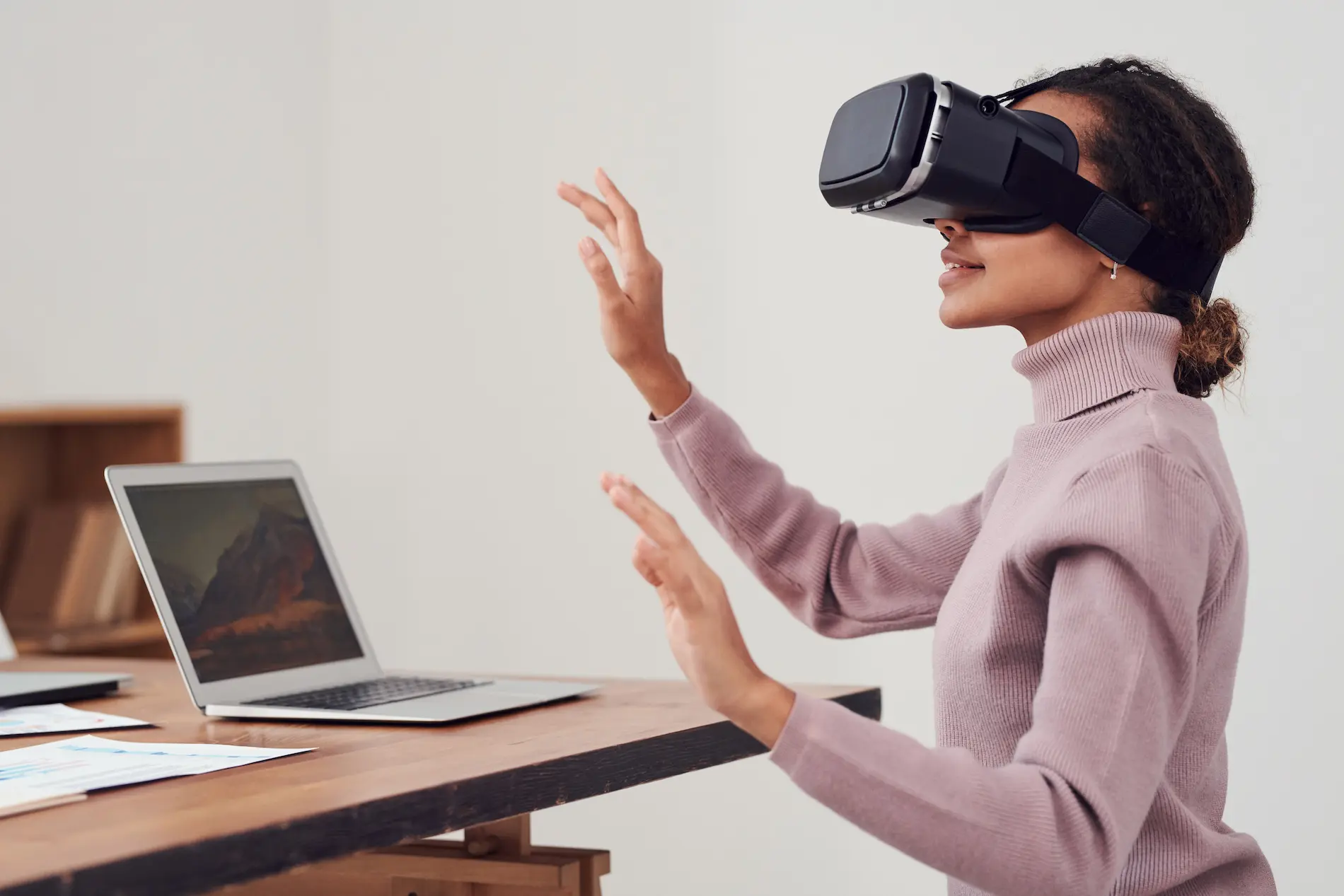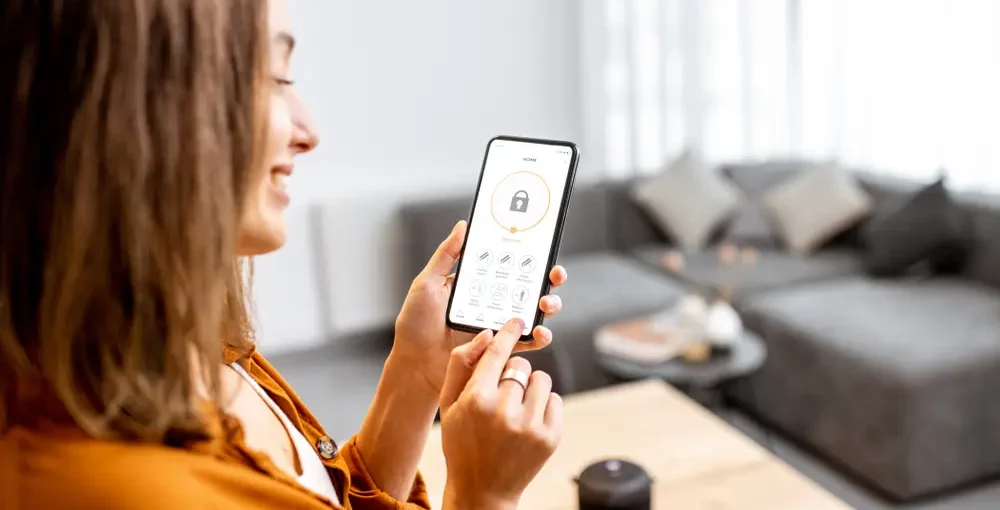Revolutionizing Healthcare: How Smart Devices and the Internet are Transforming the Industry
Healthcare is evolving, and technology plays a vital role in that change. From wearable fitness trackers to telehealth, smart devices and the internet are making it easier for people to take control of their health.
This blog post will look at how technologies are changing the healthcare industry and what the future might hold.
Smart Devices & Personal Health
One of the most exciting things about smart devices is how they can help you keep track of your health and wellness. For example, wearable fitness trackers like the Apple Watch or Fitbit can track how many steps you take, how many calories you burn, and even your heart rate.In addition, smartwatches can also track your sleep patterns to see how well you sleep. And smart scales can tell you how much you weigh and measure your body fat percentage.
However, it’s not just about tracking all this data; it’s about learning how to apply it to better your health. For example, by tracking your steps and calories burned, you can better understand how active you are and set goals for yourself. You can see if you’re pushing yourself too hard during a workout by monitoring your heart rate. And by tracking your sleep patterns, you can see if you’re getting enough rest and adjust as needed.

Telehealth & Remote Care
Another way technology is changing healthcare is through telehealth, when doctors and patients connect remotely, usually through video calls. Telehealth can be especially helpful for people who live in rural areas or have mobility issues. It can also be less expensive than visiting a doctor’s office in person.
It’s no surprise telehealth has become increasingly popular in recent years. According to a 2019 report by the American Medical Association, the number of telehealth visits increased by 53% from 2016 to 2017. And it’s not just doctors who are using telehealth. Other healthcare professionals, such as nurses and mental health specialists, are also getting in on the action.
There are a lot of benefits to telehealth. For one, it can make healthcare more accessible to people who might not otherwise be able to see a doctor. And for doctors, it can make it easier to keep track of their patients and provide follow-up care. Often, it’s also easier to get appointments for virtual checkups.

IoT Devices in Healthcare
Another technology that is getting a lot of attention is the internet of things (IoT). IoT refers to the network of physical devices, vehicles, buildings, and other items embedded with electronics, software, and sensors that enable these objects to connect and exchange data. In healthcare, it’s also referred to as the internet of medical things (IoMT).
Some examples of IoT devices used in healthcare include:
- Medical devices: IoT-enabled medical devices, such as insulin pumps and continuous glucose monitors, can help people with chronic diseases manage their condition more effectively.
- Telemedicine: IoT devices such as video conferencing systems, remote monitoring devices, and other telehealth technologies can enable patients to receive medical consultations, check-ups, and monitoring without traveling to a healthcare facility.
- Medication management: IoT devices can help patients to monitor and manage their medications. For example, smart pill bottles remind patients when to take their medication and send notifications to their care providers if they don’t take their medicines on time.
- Home monitoring: IoT devices such as smart speakers, cameras, and sensors can monitor patients in their homes, including elderly patients to help reduce fall risk or patients with chronic conditions.
These are just a few examples of how we use IoT devices in healthcare. As technology advances, we can expect to develop more devices and applications to improve patient care, reduce costs, and increase the efficiency of the healthcare system.
The Future of Healthcare: VR & AI
So, what does the future of healthcare look like? Well, there are a lot of exciting developments happening right now. For example, virtual reality (VR) is being used to help people with chronic pain or anxiety. VR headsets can transport people to different places, which can help them relax and feel less pain.
Artificial intelligence (AI) is also helpful for healthcare. For example, AI can help doctors diagnose diseases more quickly and accurately. For instance, PathAI uses machine learning algorithms to assist pathologists in analyzing medical data to find cancer and other diseases.
Additionally, AI has been used to predict a patient’s future, such as the likelihood of readmission or the chance of developing complications. These predictions can help healthcare providers make more informed decisions.

Closing Thoughts on Healthcare & the Internet
Healthcare is undergoing a change thanks to smart technologies, the internet, and telemedicine. They are empowering people to take charge of their health, improving access to healthcare, and making it easier for doctors to give treatment.
However, we need great internet for these advances to work. Fast and reliable internet access is crucial as the healthcare sector develops and adopts new technology. The broadband infrastructure that holds a lot of promise to advancing medical care is the 10G network and fiber internet.
To conclude, healthcare is going through an exciting time, and we can’t wait to see what happens next!




